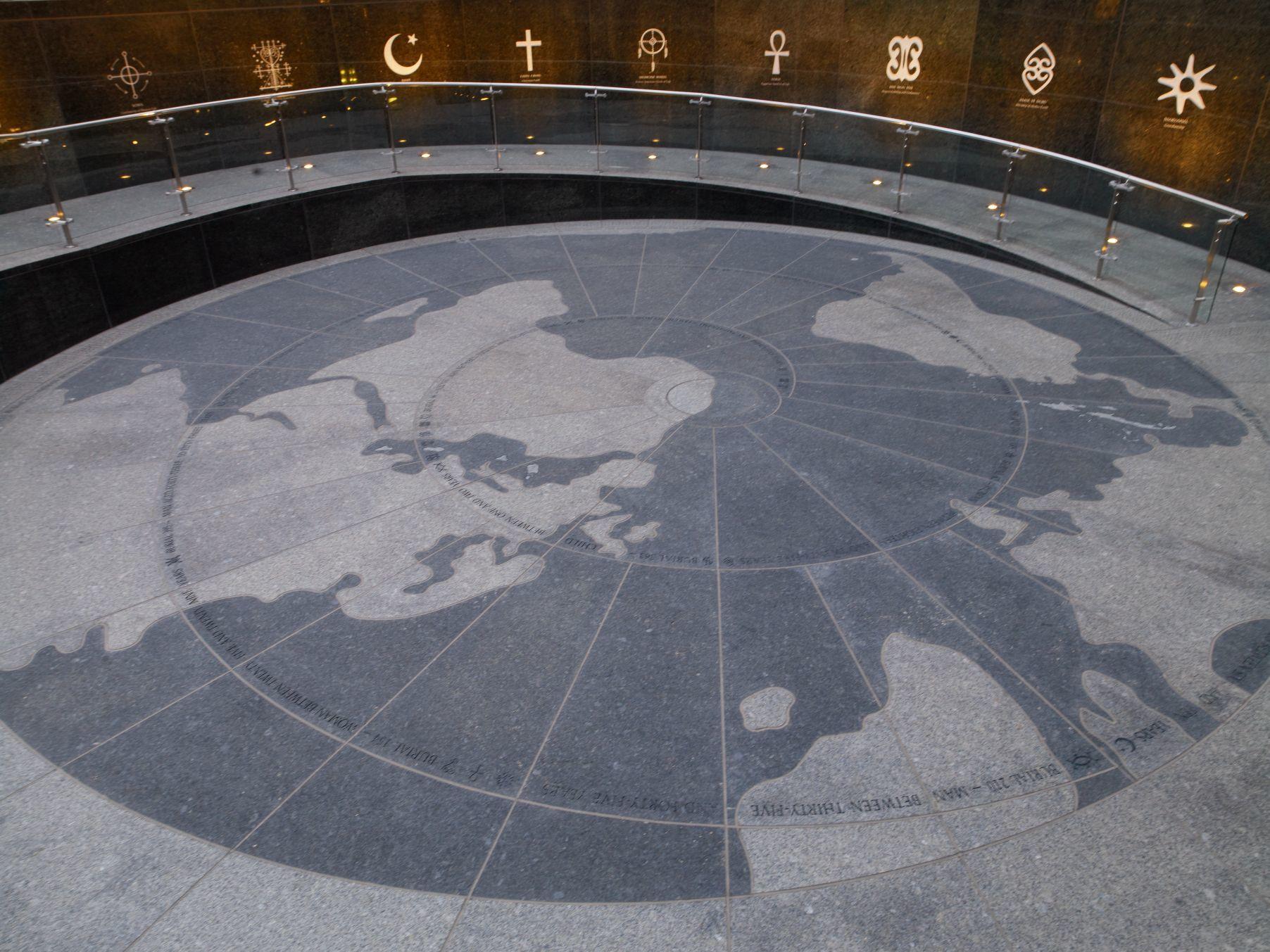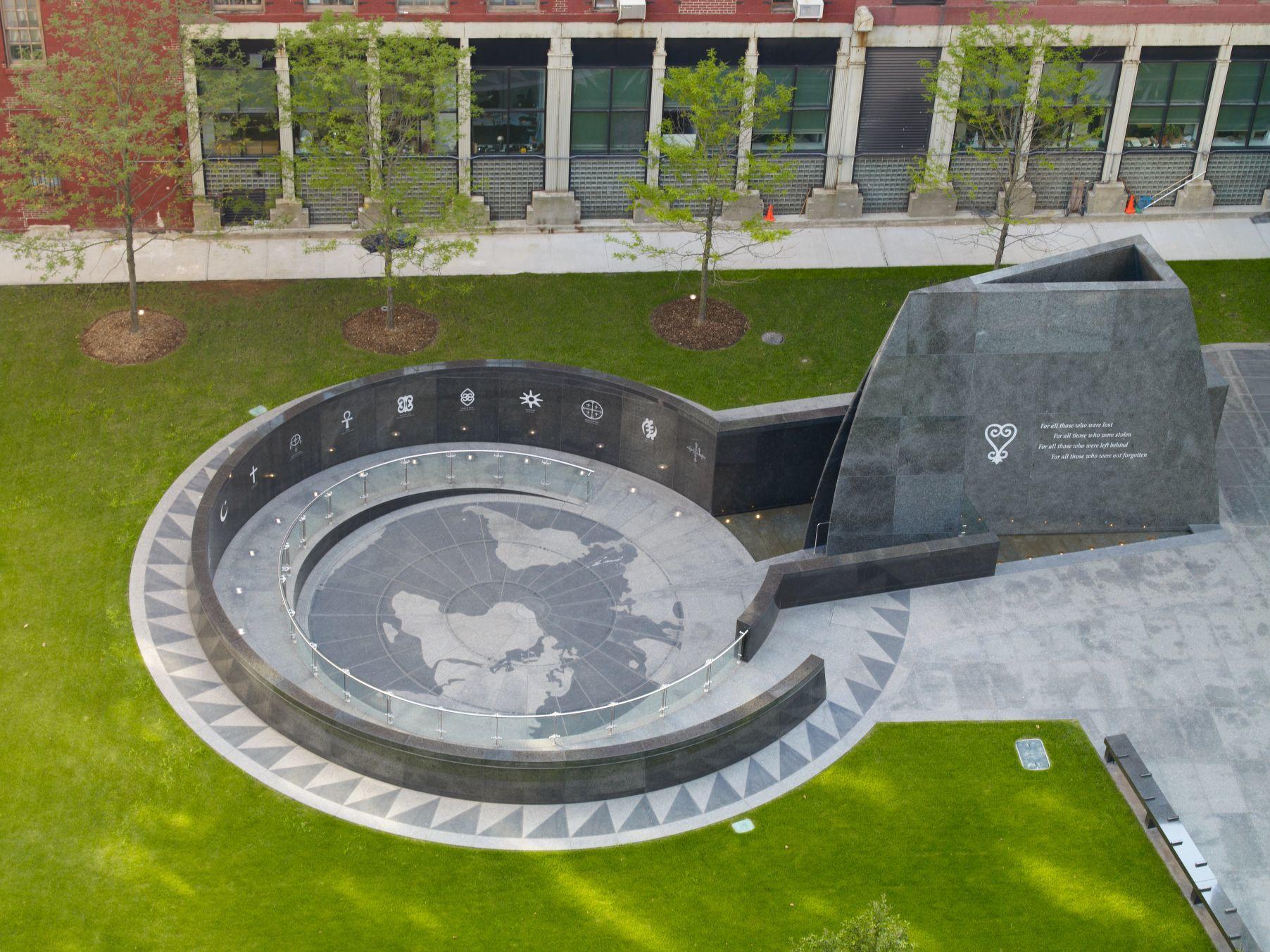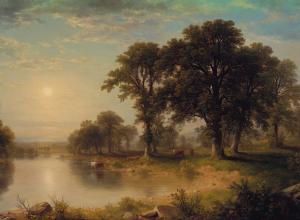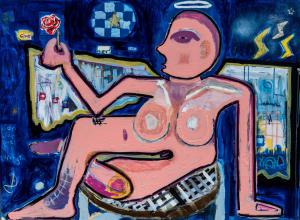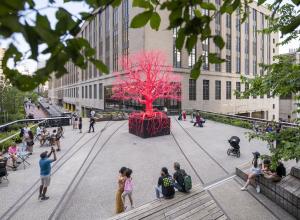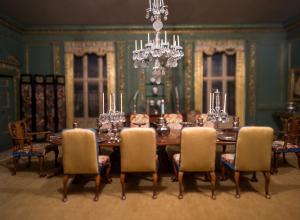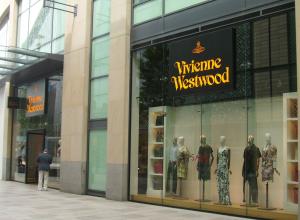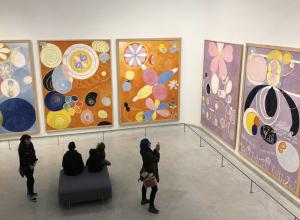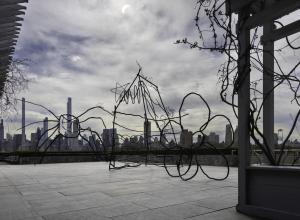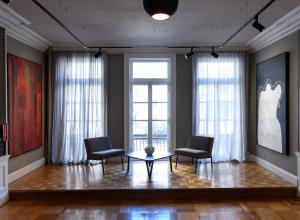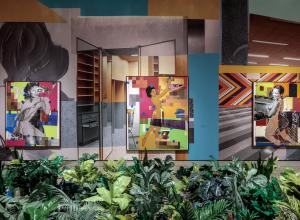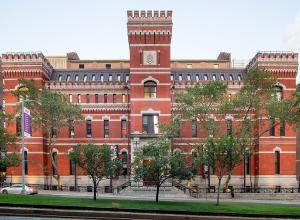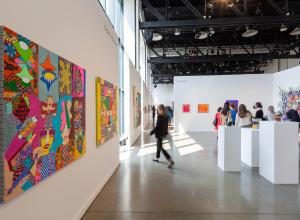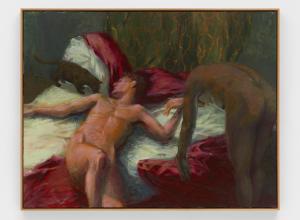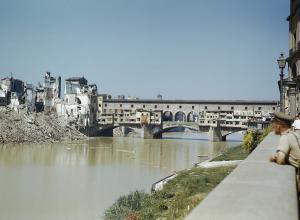NMAAHC Kids: Joyful Fridays
The Joyful Fridays series welcomes children every Friday in May to create art that celebrates Black joy, history and culture. This special program is inspired by the museum’s Joyful ABC activity book series, which features activities, museum objects and new words based on characteristics featured in the book, A is for All the Things You Are: A Joyful ABC Book. To prepare for the activity, registered participants will receive a list of supplies needed, recommended books and links to online resources in the museum’s early childhood Learning Lab collections the Monday before each program. Participants can prepare for this program series by building an at-home creativity kit. This program is for children ages 4 through 8. Admission is free; however, registration is required.
Meditation Mondays
In this virtual program, participants will contemplate the journey of African Americans toward liberation through meditation. During the forty-five-minute guided sessions, attendees will have an opportunity to reflect on their liberation and discuss the meaning of freedom. Meditation and yoga instructor Ericka Phillips will lead the sessions. No experience, equipment or special clothing is necessary. Admission is free; however, registration is required.
Artful Observations
The Artful Observations program encourages critical thinking, careful observation, and perspective through guided close-looking exercises. Each session will focus on one work of art from the museum’s visual arts or photography collection. Guided by a NMAAHC educator, participants will spend an hour examining the work in detail. Participants will have the opportunity to share their inferences and interpretations based on visual observations. No formal art or art history training is required to participate. Admission is free; however, registration is required.
About the National Museum of African American History and Culture
Since opening Sept. 24, 2016, the National Museum of African American History and Culture has welcomed more than seven million visitors. Occupying a prominent location next to the Washington Monument on the National Mall in Washington, D.C., the nearly 400,000-square-foot museum is the nation’s largest and most comprehensive cultural destination devoted exclusively to exploring, documenting and showcasing the African American story and its impact on American and world history. For more information about the museum, visit the website, follow @NMAAHC on Twitter, Facebook, and Instagram or call Smithsonian information.




